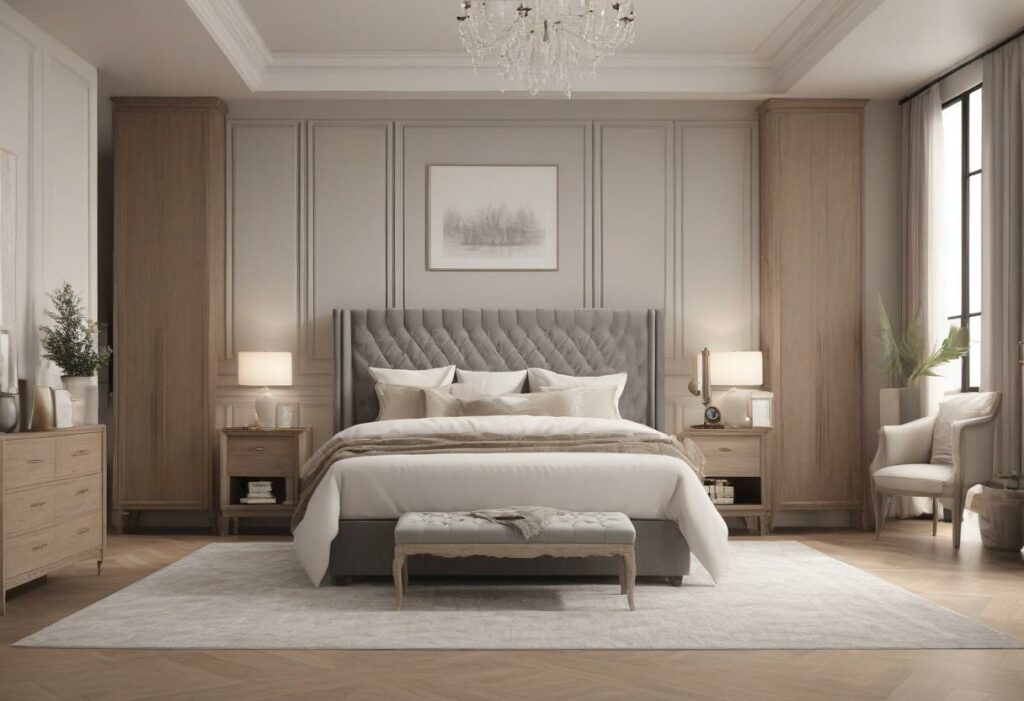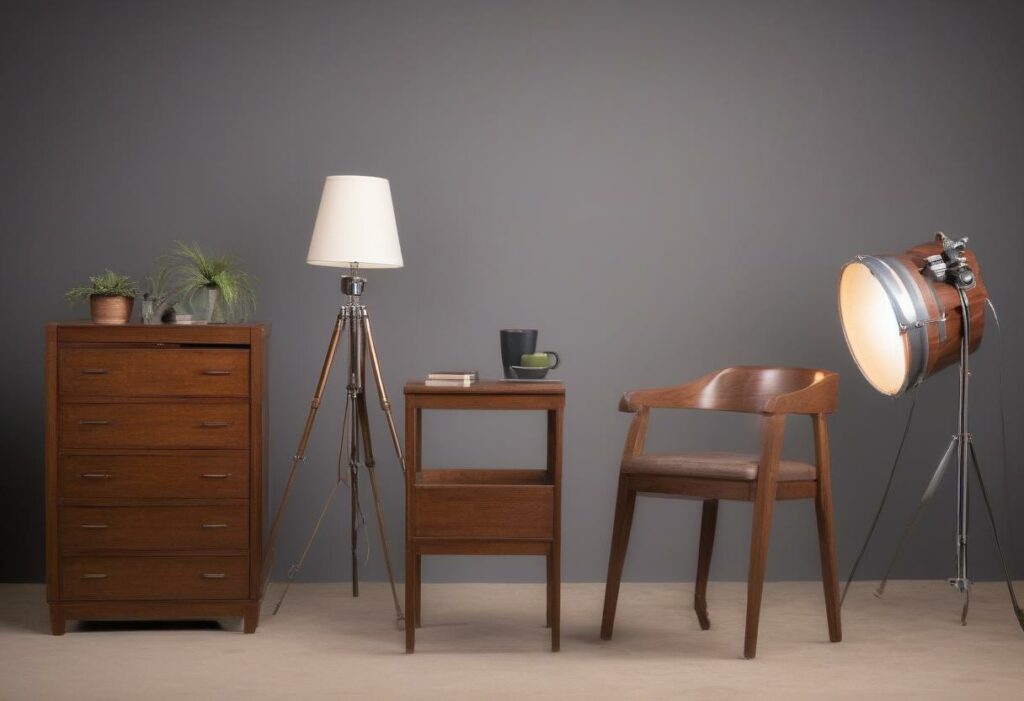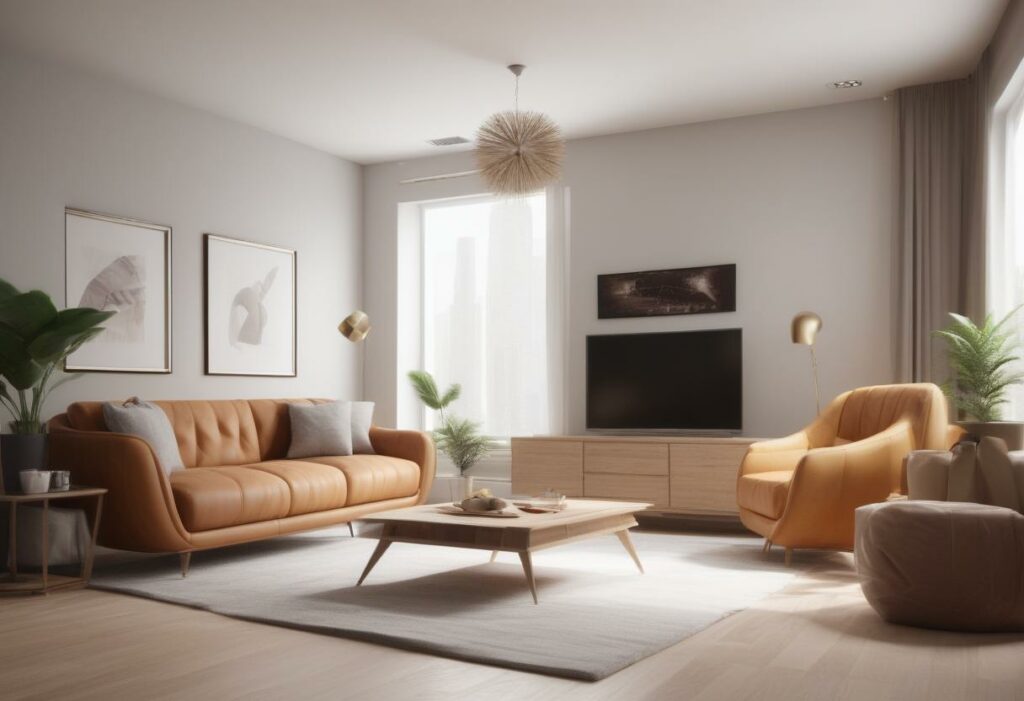Running an e-commerce business, especially in the furniture industry, comes with its own set of challenges. One of the biggest hurdles? Getting those perfect product photos. Hiring a photographer who understands your brand’s tone and style, explaining all your requirements, and then waiting for the final photos can be exhausting and expensive.
Today, you do not have to stick to the traditional methods anymore. Let us dive into why 3D furniture rendering might be the game-changer your furniture business needs.
The Power Of Furniture Product Photography
Product photography is about capturing professional images of your furniture products to use in your advertising and marketing efforts. These photos are crucial for your website, social media, print materials, and more.
Imagine your online store without any product photos. Or worse, imagine it with poor-quality images. Not very appealing, right? Just as you would not skimp on the quality of your actual furniture, your product photos need the same level of attention.
Here is why furniture product photography is so important:
- Sales Boost: Great photos can significantly increase sales. According to Justuno, 93% of consumers consider visual appearance as a key deciding factor in their purchase.
- Credibility: High-quality images build trust with your customers. Google says that 50% of online shoppers find images helpful in making purchasing decisions.
But professional photography can be incredibly expensive, especially if you are just starting out.
3D Furniture Rendering
3D furniture rendering comes in as a cost-effective alternative. 3D furniture rendering allows you to create realistic 3D models of your products, which can then be used to generate high-quality images without the need for a photoshoot.
When To Consider 3D Rendering For Your Furniture Business
Here are a few scenarios where 3D rendering can be a lifesaver for your furniture e-commerce:
- Large product catalog. If you have a lot of products, especially customizable ones, traditional photography becomes impractical. Imagine having to organize a photoshoot for over 100 items. With 3d rendering, you can create detailed 3D models of each product, saving time and money.
Example: Ashley Furniture uses lifestyle images and 360-degree views to showcase their extensive range, making it easier for customers to explore their products.
- Cost and efficiency. For small and medium-sized businesses, every penny counts. 3D furniture rendering can drastically cut down your photography costs and improve efficiency.
Example: A startup can save on the hefty costs of a professional photoshoot by using rendering to create photorealistic 3D furniture images of their products, allowing them to allocate funds to other critical areas.
- Enhanced user experience. Customers want to see products in various settings before making a purchase. 3D lifestyle renders offer flexibility by showing how your furniture would look in different environments
Example: The furniture brand Article uses 3D rendering to provide real-life lifestyle images and even lets users visualize the furniture in their own homes with an AR viewer.
- Staying ahead of the curve. To be the best in your industry, you need to leverage the latest technologies. 3D rendering, 3D configurators, and AI-based furniture visualization can set you apart from the competition.
Example: Ikea uses 3D rendering for over 75% of their product images, offering a seamless and innovative shopping experience to their customers.
Why Big Companies Are Switching To 3D Furniture Rendering
Large manufacturers and retailers are increasingly turning to 3D rendering for several reasons:
- Traditional photography is labor-intensive and costly. 3D rendering, on the other hand, reduces both time and budget, providing better results quickly.
- 3D rendering allows for endless customization options. Customers can see different variations of a product without the need for separate photoshoots.
- 3D rendering offers complete control over the final product images, from photorealism and color accuracy to creative design.
- 3D models are reusable and easy to update, unlike traditional product photos.
Traditional Photography vs. 3D Furniture Rendering
Deciding between traditional photography and 3D furniture rendering depends on your business needs, budget, and goals. While traditional photography has its place, 3D rendering offers unmatched benefits in cost savings, efficiency, and flexibility.










